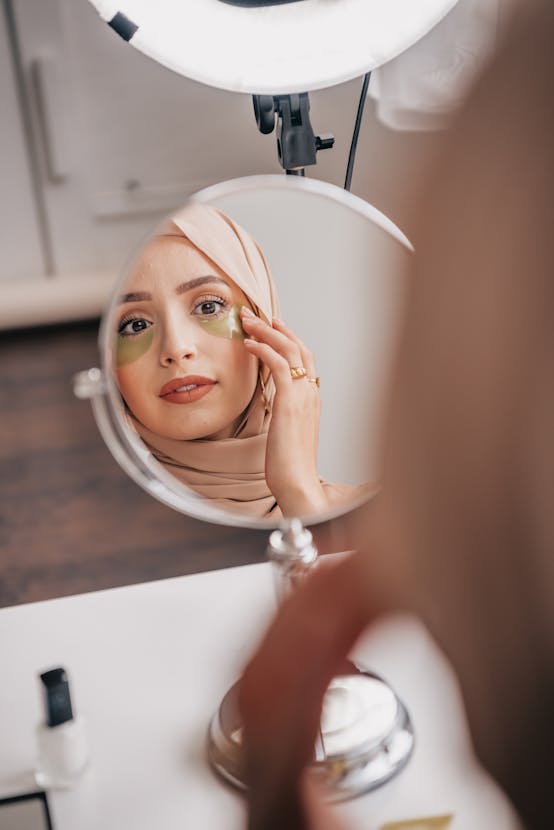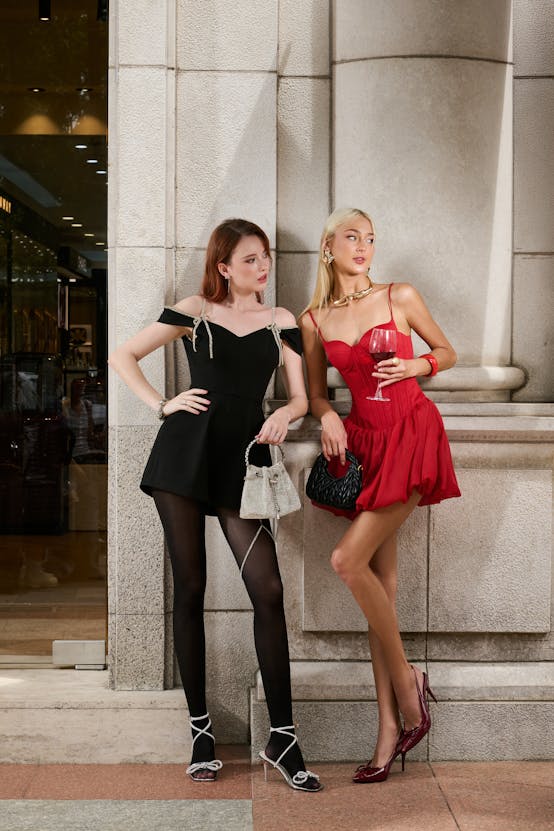Layering is a cornerstone in the world of fashion. It’s not just about keeping warm, but also a matter of style, a way to express one’s unique personality through clothing and accessories. In this article, we’ll discuss the art and science of layering, with a special focus on accessories, for those of you living or visiting the UK. From dressing for the cold winter weather to choosing the right base and outer layers, we will provide an in-depth guide on how to stay stylish and comfortable. We will talk about outfit combinations, the role of shirts and jackets, and how to use various accessories for the ultimate layered look.
Layering Fundamentals: Choosing the Right Base Layer
Before we dive into the specifics of accessories, it’s important to understand the basics of layering. The base layer is your first line of defence against the cold weather. This layer is typically a shirt or a top that sits close to your skin. Your choice of base layer will significantly influence your comfort and warmth.
A lire aussi : How to create the perfect steampunk outfit with victorian flair
Cotton, a common material for shirts, is a good choice for milder weather. However, in a cold winter, merino wool or synthetic fabrics are better at maintaining body heat. These materials wick away moisture from the body, ensuring that you remain dry and warm.
When choosing a base layer, also consider the fit. It should be snug but not too tight, allowing for both comfort and ease of movement. A well-fitted base layer also helps in smoothly adding subsequent layers without creating a bulky look.
En parallèle : What Are the Best Tips for Wearing Sheer Blouses in the UK?
The Role of Shirts in Layering
Shirts play a vital role in layering. They can be both a base layer and a middle layer, depending on your outfit and the weather. As a base layer, a shirt provides insulation and moisture control. As a middle layer, it adds extra warmth and sets the tone for your outer layers.
One of the keys to effectively layering shirts is to vary the fabric weights. Lighter fabrics like cotton or silk are ideal for the base, while heavier fabrics like flannel or denim make excellent middle layers.
The style and colour of your shirts also play a crucial role in the overall look of your outfit. Opt for a mix of neutral and vibrant colours to create an interesting contrast. Similarly, playing with different styles – a casual tee layered under a classic button-down, for instance – adds depth to your outfit.
Outer Layers: Jackets That Keep You Warm
Jackets and coats are the most visible layer and they contribute significantly to your style. They also serve the practical purpose of protecting you from the elements. When choosing an outer layer, consider its functionality in addition to its aesthetic appeal.
In colder weather, go for jackets that are made of insulating materials like wool, down, or synthetic fills. These will keep you warm without adding unnecessary bulk. On milder days, a lighter jacket or blazer can add a polished touch to your outfit.
Remember that the beauty of layering lies in versatility. Invest in a few good-quality jackets in different styles and materials. A leather jacket, a denim jacket, a trench coat, and a puffer jacket are all excellent staples for a layered wardrobe.
Accessorising Your Outfit: The Final Touch
Accessories are the final touch to your layered look. They add personality and flair to your outfit, allowing you to make a statement. From scarfs and hats to gloves and bags, there is a wide range of accessories that you can include in your winter ensemble.
Scarves are a winter staple. They not only keep your neck warm but also add a pop of colour or pattern to your outfit. Choose a chunky knit for a casual look, or a silk scarf for something more upscale.
Hats, gloves, and mittens are essential for protecting against the cold. Opt for pieces that complement your outfit, but also consider their practicality. A wool hat, for instance, will provide more warmth than a baseball cap.
Lastly, don’t forget about your footwear and bags. A pair of warm boots and a sturdy bag can pull your layered look together.
Layering for Changing Weather
When layering, it’s crucial to consider the unpredictable UK weather. A sunny day can turn into a downpour in a matter of minutes. Therefore, your layers should be versatile and adaptable to weather changes.
For rainy days, waterproof jackets or raincoats are a must. They can be worn over your regular clothes and easily removed when the rain stops. Also, consider carrying a compact umbrella in your bag.
On windy days, a scarf can be a lifesaver. You can wrap it around your neck for warmth, or use it to cover your head and protect your hair from the wind.
The key to successful layering is flexibility. Your outfit should be able to adapt to the changing weather, but also to different indoor and outdoor environments. This way, you can stay comfortable and stylish, no matter what the day brings.
Mastering the Art of Accessory Layering
Having covered the essentials of base, middle, and outer layers, it’s time to delve into the art of accessory layering. This is what truly elevates your outfit from ordinary to extraordinary, allowing you to showcase your personal style.
When it comes to accessorising, there’s really no hard and fast rule. However, one principle that always works is balance. For instance, if you’re wearing a bold, patterned scarf, it might be best to keep your hat and gloves in a neutral tone. Similarly, if you’re sporting a brightly coloured, chunky knit beanie, you might want to opt for a more subdued scarf.
Jewellery is another great way to accessorise your layered outfits. Long necklaces work wonderfully with turtlenecks and v-neck base layers. For a more casual look, you can layer a few necklaces of different lengths.
Belts can be a fantastic way to break up your layers and define your waist. Choose a wide belt for a dramatic effect or a skinny belt for a subtle touch.
Lastly, don’t forget about your eyewear. A pair of stylish sunglasses or reading glasses can add just the right amount of flair to your layered look.
In essence, the art of layering accessories is all about experimenting with different pieces and finding a balance that works for you. It’s a great way to express your personality and make your outfit stand out from the crowd.
In conclusion, layering is more than just a way to keep warm in the cold weather. It’s a versatile style technique that allows you to combine different clothing items and accessories to create unique outfits. Mastering the art of layering involves understanding the role of base layers, middle layers, and outer layers, as well as how to effectively incorporate accessories.
In the unpredictable UK weather, a well-executed layering system can provide the flexibility you need to stay comfortable and stylish throughout the day. Whether you’re dressing for a casual day out or a formal event, layering can help you create a look that’s truly your own.
Remember, layering is not about wearing as many pieces as possible, but about combining them in a way that enhances your style and regulates your body temperature. With practice, you’ll be able to master this art and take your fashion game to a whole new level. Always consider the weather, your comfort, and your personal style when layering clothes.
So go ahead, experiment with different fabrics, colours, and accessories. Have fun with it and make it your own. After all, fashion is all about expressing your individuality and having fun. Happy layering!













